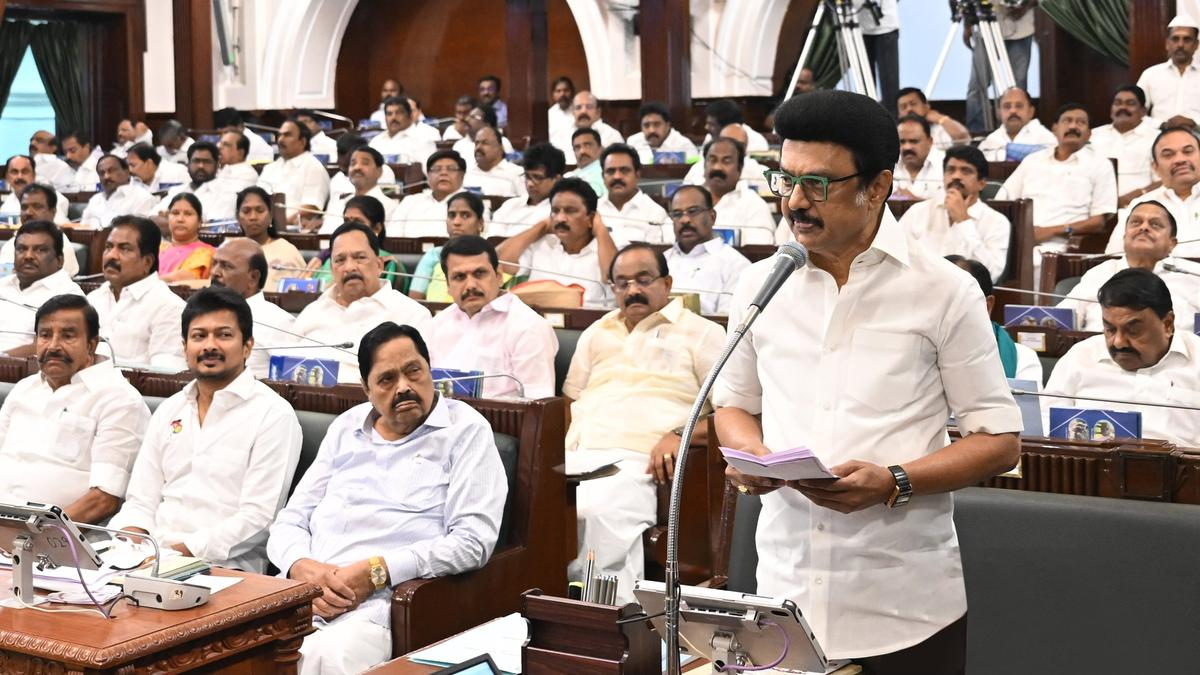



India’s remittance sources are shifting from Gulf countries to advanced economies like the US and UK due to higher-skilled migration and better salaries. Challenges include immigration barriers and job-skill mismatch. India can boost remittances by ensuring skill recognition abroad and signing mobility agreements to protect and empower its migrant workforce.

Copyright infringement not intended
The Reserve Bank of India’s (RBI’s) latest Remittances Survey shows a significant shift in India’s remittance sources.
For many years, millions of Indians moved to Gulf countries like Saudi Arabia, UAE, and Qatar to work. These countries needed workers for jobs in construction, oil industries, and services. Since many Indians worked there, they sent a lot of their earnings back home to their families. This made the Gulf the biggest source of remittances (money sent back home).
All these factors reduced the amount of money sent from the Gulf to India.
|
The share of the UAE in total remittances fell from 26.9% in 2016-17 to 19.2% in 2023-24, and that of Saudi Arabia and Kuwait fell from 11.6% to 6.7% and 6.5% to 3.9% respectively during this same period. |
Advanced or Developed economies are sending more remittances because more Indians are moving there for better jobs and education. For example, many Indians now work in the US as doctors, engineers, IT professionals, or researchers. These jobs pay much higher salaries compared to jobs in the Gulf.
|
Case Study -> An Indian software engineer in the US might earn 100,000 a year, while a similar job in the UAE might pay only 30,000. So, even though fewer Indians live in advanced economies, they send more money home because they earn more. |
Many Indian students go to countries like the US, UK, and Canada for higher education. While studying, they take loans and repay them by working part-time. After graduation, they often get good jobs and start sending money back to their families in India.
|
The US remains the largest contributor, accounting for 27.7% of total remittances in 2023-24. US remittances made up 22.9% of the total in 2016-17, and 23.4% in 2020-21. Between 2016-17 and 2023-24, the share of remittances from the UK, Canada, and Singapore rose from 3% to 10.8%, 3% to 3.8%, and 5.5% to 6.6% respectively. |
Skill Harmonisation: India needs to ensure that its workers get jobs that match their skills. For example, if an Indian doctor moves to the UK, they should be able to work as a doctor, not as a waiter -> Help them earn more and send more money home.
Mobility Agreements: India can sign agreements with other countries to protect its workers. For example, India can negotiate with the US or Canada to ensure that Indian workers are treated fairly and get proper jobs -> Increase remittances.
Must Read Articles:
About Estimate of Remittances To India
Source:
|
PRACTICE QUESTION Q. How do fluctuations in global economies and geopolitical tensions affect the flow of remittances to India? 150 words |









© 2025 iasgyan. All right reserved